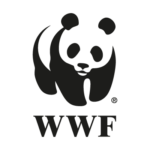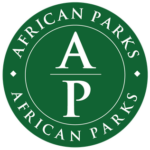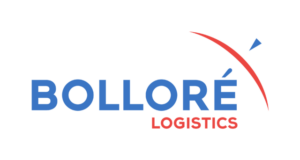Please, know that the itinerary is a rough indication on how the programme will look like, but it can change. Allow yourself a few buffer days in Bangui just to be sure. We ask you to bring your camping material as we will camp on several occasions. At some points we will eat local basic meals.
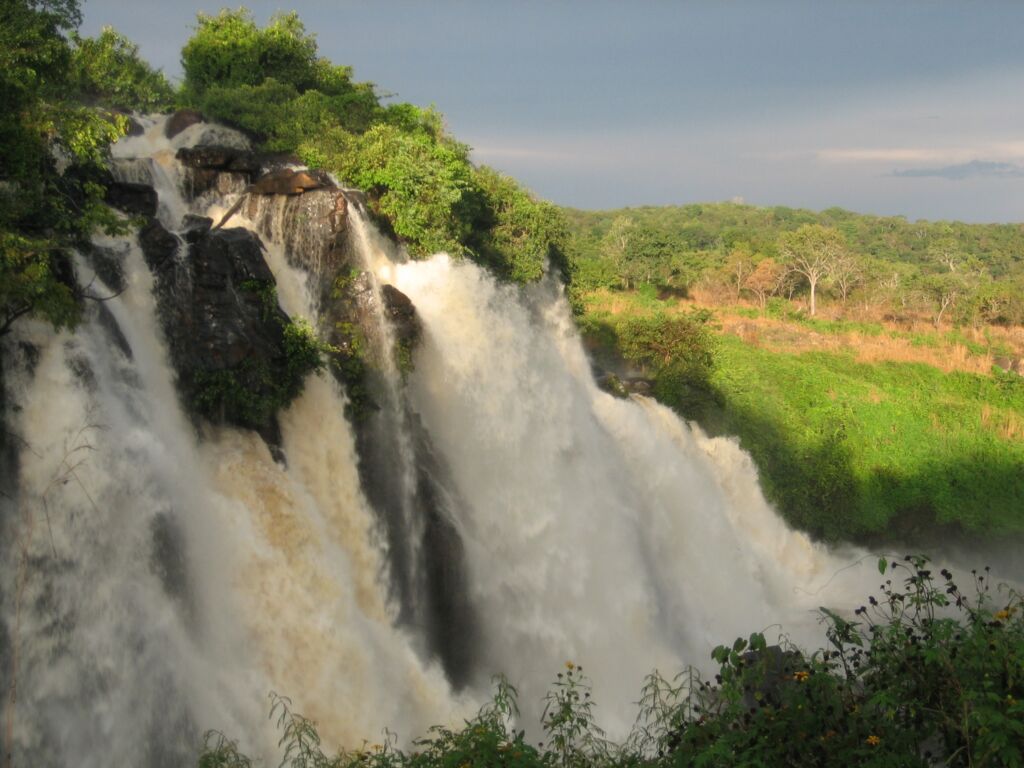
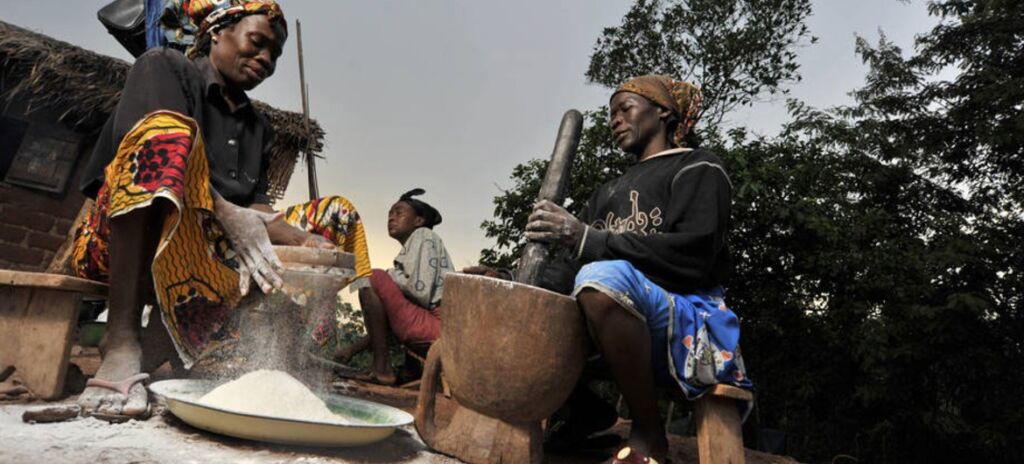
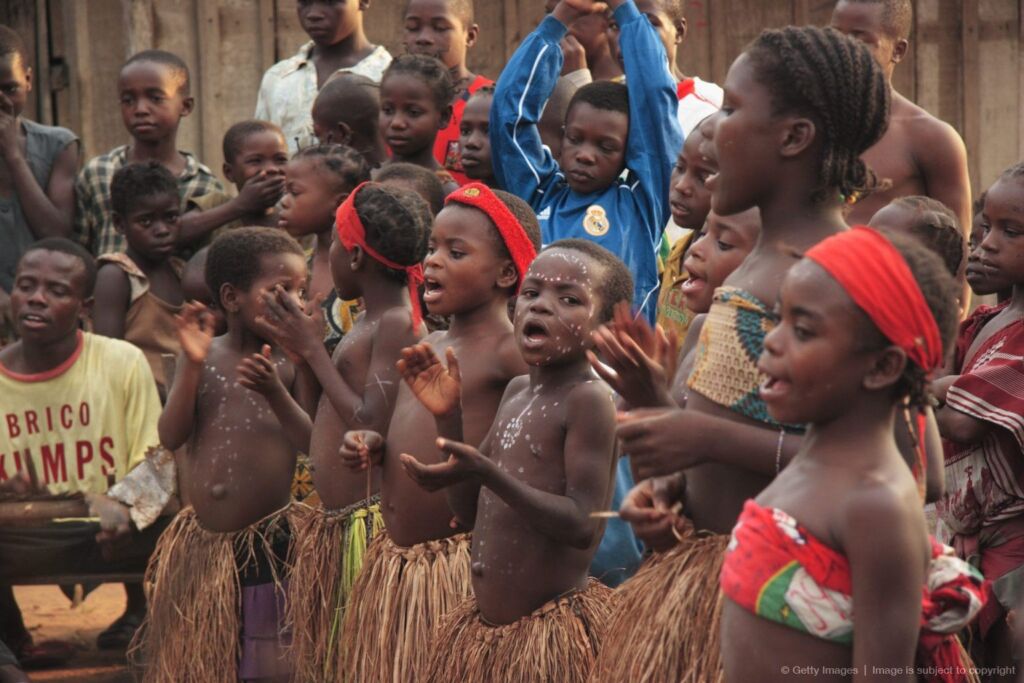

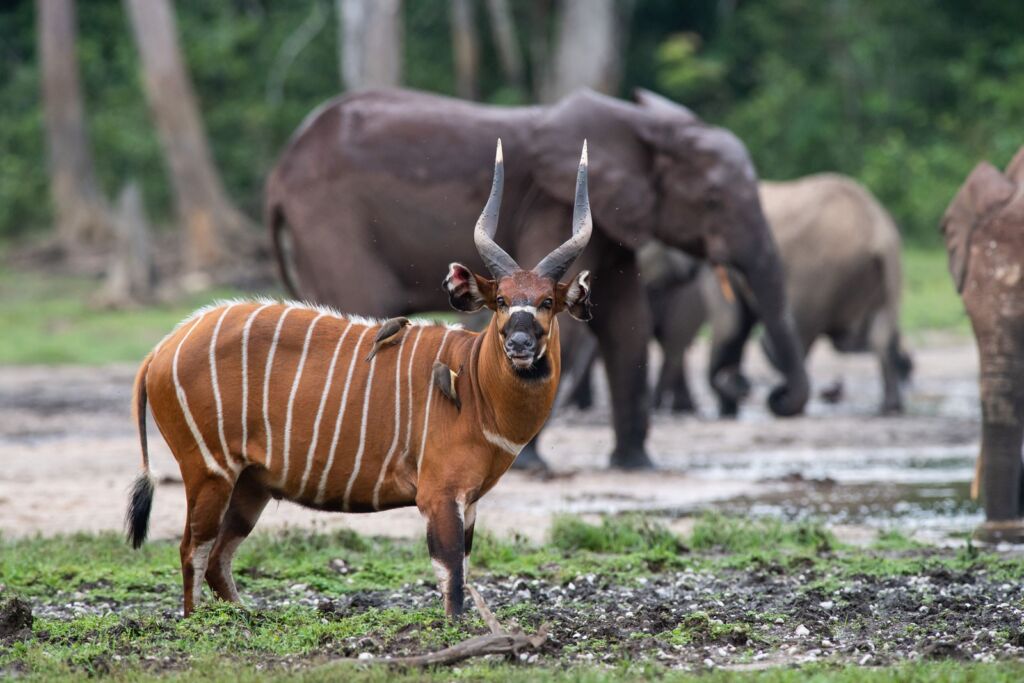
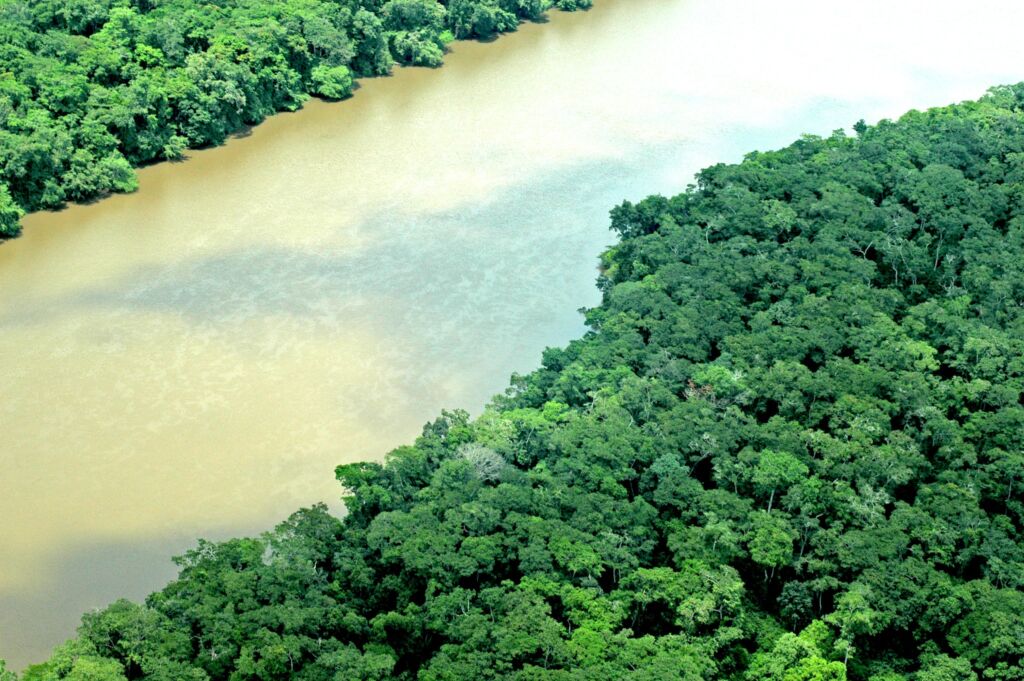
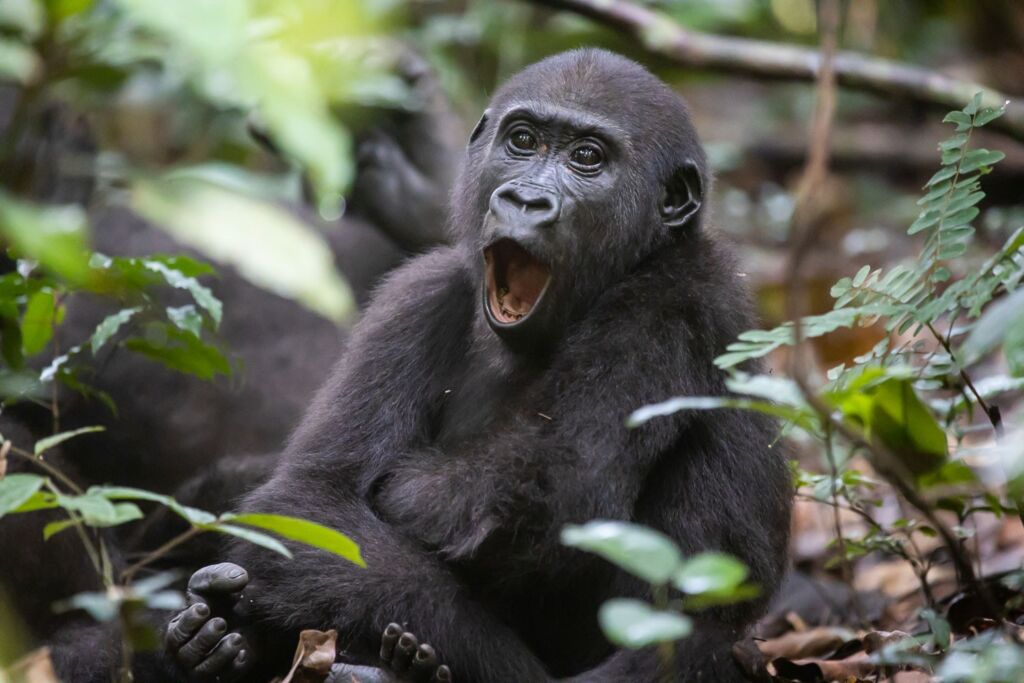
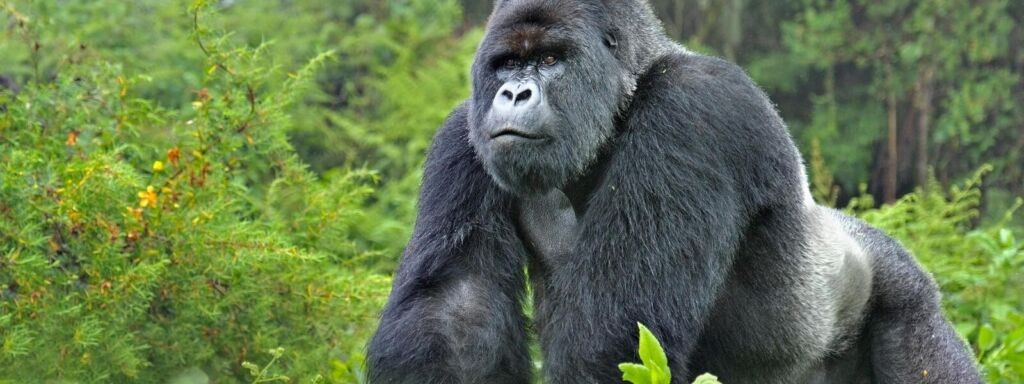

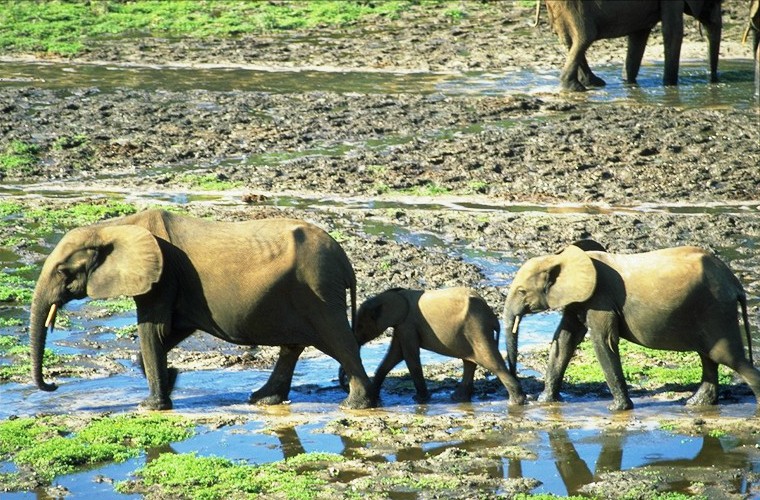
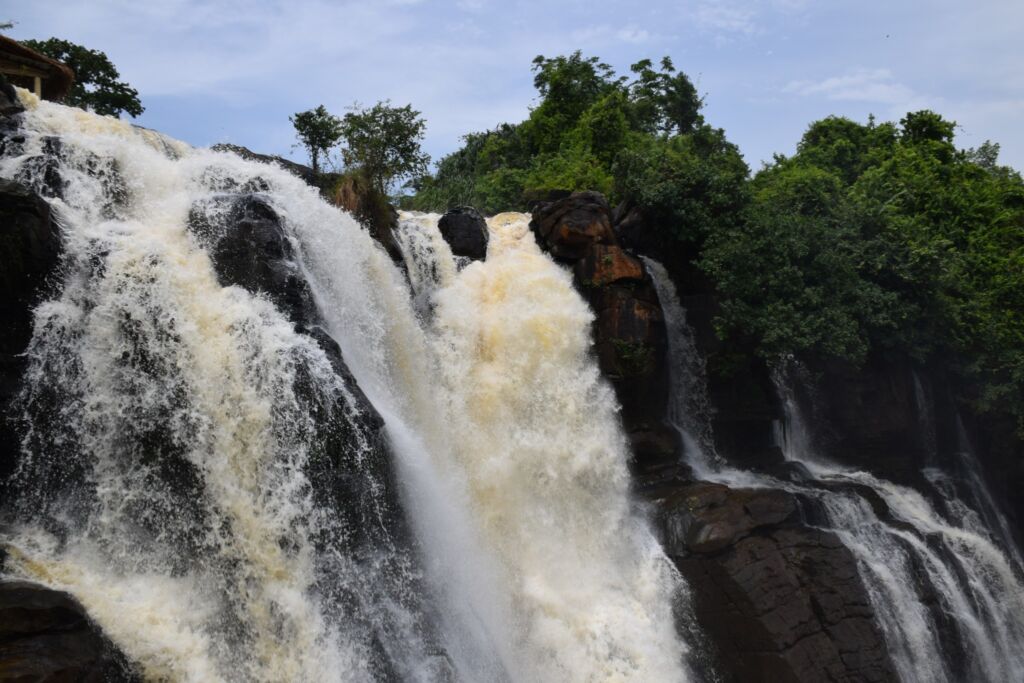
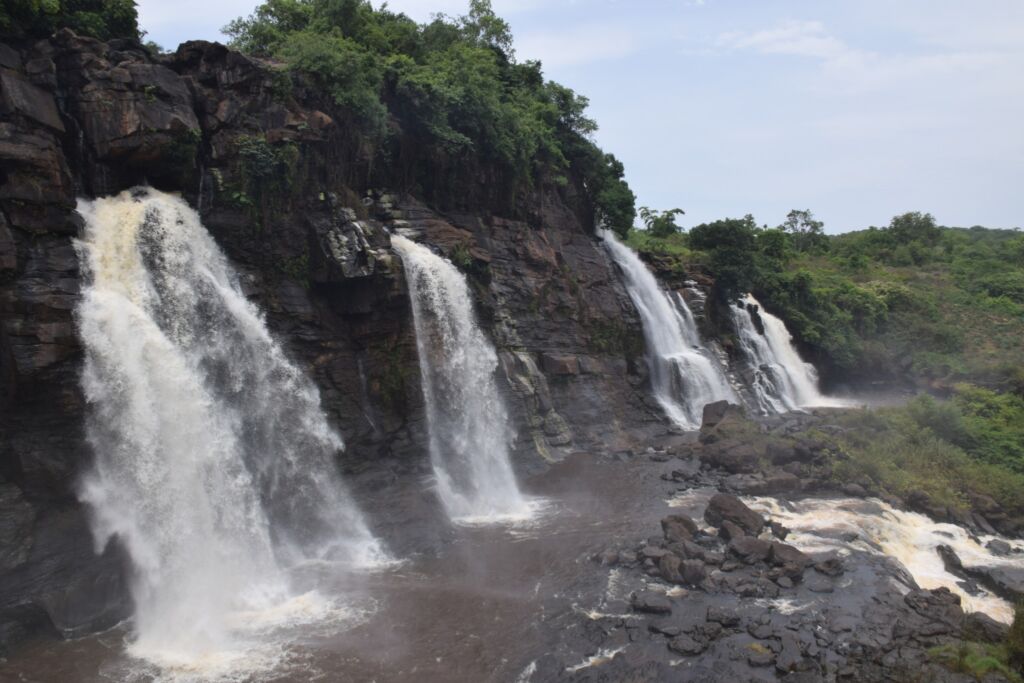












Please know that this expedition includes a lot of walking through dense rainforest. You don’t have to be an experienced hiker, but know that sometimes we do need to walk for a few hours, take off our shoes to go through a shallow stream and that you will have to be on your guard to not trip. During your travel you will encounter wildlife and have unique experiences such as gorilla tracking or seeing buffaloes and elephants. Know that wild animals are unpredictable and you have to take precautions and behave in a responsible way.
It is VERY IMPORTANT to add at least one buffer day before your travel in case your flight is delayed and also add at least one buffer day after the safari so you definitely not miss your flight back. We are not responsible for you missing any transfer flights due to bad planning.
Day 1: Boali Falls
Today we will drive all the way to the Boali Waterfalls where we will also visit the Crocodile Lake. We will stay overnight in Bangui.
Northwest of Bangui, on the paved road that leads to Bouar, are the famous Boali Falls. After crossing the hydroelectric dam which supplies the capital with electricity, the Mbali river springs up to about fifty meters in height, in a few dips that extend over more than 250 m in width. Spectacular and refreshing for a Sunday picnic. In the dry season, you reach the bottom of the falls by a concrete staircase, long and steep. At the bottom, the water pressure has carved out small natural pools where it is possible to soak, if the ambient droplets – due to the shattering of the falls on the rocks – have not already watered you enough!
It is possible to go up the river by following it. About fifty meters higher, a monkey bridge suspended by three cables crosses the muddy waters of the Mbali. The locals call it the “liana bridge”, but there is nothing vegetal here, except a few flickering wooden planks. On the other side of the shore, we walk in a landscape of wooded savannah, and the panorama is just as magnificent, the gaze directly overlooking the falls, with a panoramic view of the valley.
Day 2 and 3: Zinga
Today we’ll drive to the village of Zinga and go visit the old train station and observe the old locomotives.
The village of Zinga is located south of Bangui and is located at the confluence of the Lobaye and the Oubangui. It is a village about 1km long and 300m wide. The houses are traditional huts made from local materials (raffia palm roof and mud walls). Bordering the right bank of the Oubangui, Zinga is however distinguished by modern infrastructures inherited from its colonial past.
Indeed, the Compagnie Générale de Transport en Afrique Equatoriale (CGTAE), a river transport company, had built a six-kilometer railway, connecting the villages of Zinga and Mongo in the 1920s and whose operation ceased in 1960. This railway was a palliative to the problem of navigation on the Ubangi and the supply of the interior territory of the French colony, in particular the Ubangi-Chari and Chad. Also, it was a solution to the recurring problem of porting in Oubangui-Chari. A load break occurred during low water at the Zinga threshold, requiring a transshipment from Congo or Bangui. Goods and passengers alighted from the large steamers below the threshold and boarded smaller ones upstream in the village of Mongo.
The remains of Zinga consist of a hangar containing two locomotives, eighteen flatbed cars and two passenger cars. They also include two warehouses, two dwelling houses, the wreck of a steamboat named “Le Gouverneur Lamblin” and two boats forming the relics of the activities of this period between the wars which lasted until 1960. Docks constructed of concrete complete the installations. The Mongo terminus has two warehouses and two residential houses.
However, the degradation of the Zinga site has started. The railway does not exist any more but it is materialized by a line of dry stones which constituted its base. The wagons located on the rails in the starting position are completely oxidized just like the machines.
The hangar is also beginning to deteriorate. Its metal profile structure still supports and maintains the building.
We will spend two days here exploring the trains, but also the river and we’ll visit the tribes in the area as well.
Day 4: Mbaiki
Exploration of Mbaiki and surroundings. Overnight stay.
Located 107 km from Bangui, Mbaïki “la fleurie” also signals the end of the tar. It is accessed by a road eaten up by holes, where the asphalt often looks like Swiss cheese. Prefecture of Lobaye, Mbaïki is located on the RN6 which leads to the 4th parallel. This road had been built and paved at the time of Bokassa, to convey goods to the 4th parallel, towards the southwest area and Cameroon. The main economy in the city is based on coffee and timber and travelers can learn about both whilst visiting.
Day 5: The long way to Dzanga Sangha
Today we’ll have a long drive all the way to Sangha Lodge where we will be welcomed with a nice dinner and stay for the night. You will stay in a beautiful wooden bungalow in the middle of the forest and will be welcomed by squirrels, monkeys, exotic birds and colorful butterflies.
Day 6: Gorilla tracking at Sangha lodge
Today we’ll go tracking a group of habituated western lowland gorillas in Bai Hokou in the Dzanga Sangha National park. The duration depends on how long we’ll have to walk to find the gorillas. We typically spend around one hour around them, but this can take longer. You are obliged to be vaccinated against covid and you will have to take a rapid antigen test before going on this tour.
Day 7: Dzanga Bai
Dzanga Bai is a large clearing in the middle of the forest in the Dzanga Sangha National Park and the soil is rich in minerals. It attracts 50 to 150 elephants who visit the bai each day. We can also observe bongo, giant forest hog, red river hog, sitatunga, forest buffaloes and even gorillas who come to the edge of the bai. We will spend the day on the platform giving you enough opportunity for wildlife viewing and photography.
Day 8: Agile Mangabey Tracking and night walk at Dzanga Sangha
We will spend more time in the Dzanga Sangha National Park in search of more mammals and we will also visit a group of habituated agil mangabeys with over 150 members. This tour is at least four hours walking. We will also have a good chance to see animals such as sitatunga, elephants and buffaloes.
Day 9: Ngotto Forest
Today we’ll leave the lodge and will go towards Ngotto Forest where we will stay in a camp site of a local initiative.
North of the border with the Congo, the Ngotto forest covers an area of 8,250 km² of dense forest. The Ngotto forest is managed by the ECOFAC project, which is working on other sites in the Central African Republic to ensure its conservation. Ngotto is one of the northernmost points of the forest massif of Central Africa since many areas of savannah are beginning to appear there, “breaking” this exclusively forest link. Ngotto is sparsely populated and it is not the Pygmies who live there gathering and hunting who do the damage. There are two seasons in Ngotto: a rainy season which begins in March / April and ends in October / November with a maximum of rains in August / September; a dry season from November to February / March during which it is possible to observe the flowering of trees in the forest. Among the trees growing in Ngotto, we find the mukulungu. It is a large, humid forest tree that can reach 50 m high and 180 cm in diameter. Its fruit is a berry, with yellow pulp. Note also that the iroko grows, which can reach 50 m in height and 200 cm in diameter, giving false green fruits.
Day 10: The long road to Bangui
After an early breakfast we’ll have the last leg of our journey: the long way back to Bangui. We’ll arrive in the early evening. End of tour.
Includes:
– Full board accommodation in the park
– All activities as described
– Park entrance fees
Doesn’t include:- Accommodation in Bangui
– Airport transfer in Bangui
– Activities in Bangui
– Drinks
– Tips and gratuities







